Trucking is one of the most important industries in the world, a near trillion dollar industry in the US, responsible for employing millions of Americans and which makes possible the ecommerce services that we all love.
Trucking and supply chain became more real to many Americans in mid 2020 as COVID-19 disruptions caused a rippled affect of factory, warehouse nd transprotantation issues that caused many to see empty store shelves for maybe the first time ever.
Continued supply chain issues are still present due to factory and inventory issues meaning that lumber prices, microprocessors and even vehicles are in short supply nationally.
Here are some trucking facts you probably didn’t know.
Electric Trucks are coming. New companies such as Tesla and incumbents like Daimler and Volvo are working to release commercial electric trucks. While most are still in prototyping and testing phases, some electric port trucks are being used to shuffle containers around docks. For long-haul freight it will be a few years before battery technology improves to the point of being able to offer 800-1000 mile range while loaded. Current electric trucks are expected to have a range of around 300-500 miles when released, which is a great option for short-haul and drayage needs.
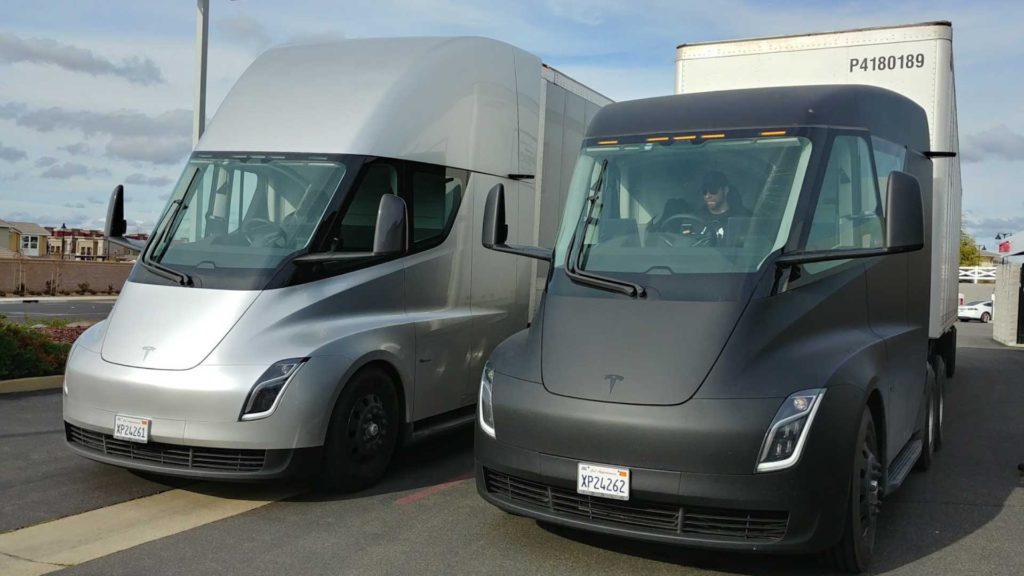
1.4 trillion dollars and rising is the amount of Freight between Mexico USA and Canada will rise since the passing of the USMCA agreement as a replacement for NAFTA. This agreement builds on NAFTA and strengthens trade across North America. As more companies than ever looking for alternatives to China for production, Mexico, in particular, is a great near-shoring option. Expect freight cross-border trucking rates and volumes to increase in 2021.
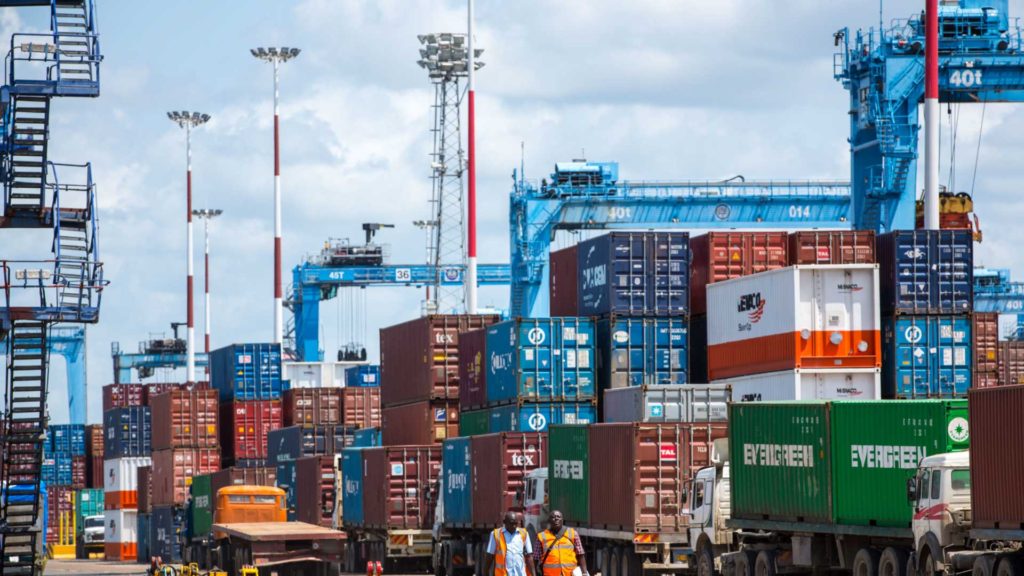
Drayage trucking – Huge volumes are hitting US ports. The port of LA recorded nearly a million containers moving through its facility just in March of 2021. The majority of these containers are moved by drayage trucks to local businesses, distribution, transload centers, or railroad yards for the next step of their journey. Drayage trucking capacity is in short supply and means that retailers are paying more than before to get their products to market. Drayage trucking also facilitates the growth of intermodal shipping in the last year. Without drayage trucking, railroads would not be able to containers door to door to and from businesses that aren’t located directly on a railroad line.
Truck Driver shortage could be nearly 1 million drivers over the next 5 -10 years depending on industry demand and recruitment levels. It’s no secret and widely reported that there are fewer people entering the commercial trucking industry than leaving it, while at the same time freight demand has increased. Time will tell how this will play out, trucking rates could increase, autonomous vehicles could become more prevalent and more freight could be moved via intermodal shipping on trains.
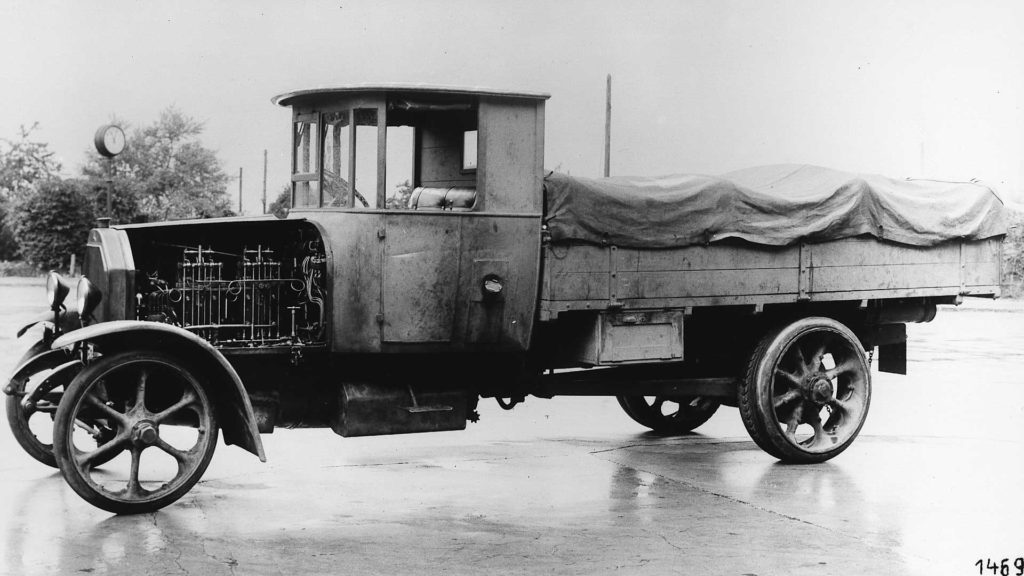
The first commercial diesel truck introduced by Benz in 1923. Powered by a 50 hp engine it impressed with its fuel economy and torque.
The average cost per mile for a semi-truck is $2.66/mi as of April 2021. Just like the stock market, the cost per mile fluctuates and is dependent on the type of trucking. The “traditional semi-truck” is considered a dry van within the industry and is the most numerous type of commercial truck operated.
There are around 3 million truck drivers in Europe.
Much of the EU has a grow vehicle weight limit of 88,000 lbs, while the UK has a gross vehicle weight of 97,000 lbs.
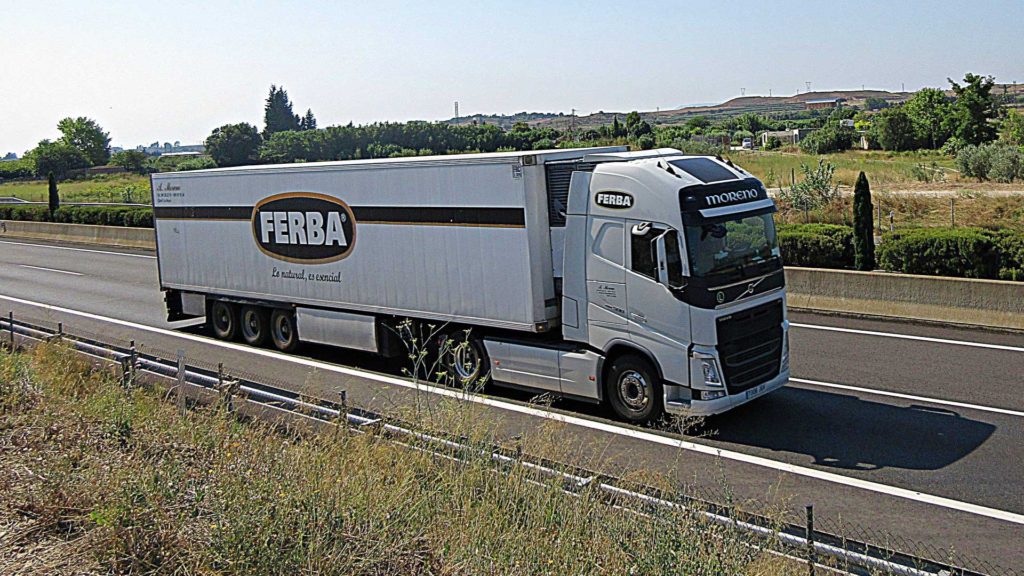
Heavy haul trucks are specialized trailers and tractors designed to move freight that’s too heavy or large to move in conventional trucks. As a reference, 45,000 is the weight limit for an OTR traditional truck. Carrying everything from large industrial machinery to wind turbines, to yachts, heavy haul trucks can carry hundreds of thousands of pounds depending on setup. Special permitting is needed to move this type of freight, with special heavy haul logistics carriers providing niche heavy haul service. Often these firms are highly specialized in what they do or in the type of heavy haul freight they move.
70% if not more of every physical item you see online to purchase or in stores are transported by trucks. This means that nearly every item you’ve ever bought has in some way been moved by truck, underscoring the importance of the US trucking industry.
Any fresh or frozen food needs refrigerated transport. This is a 15 Billion dollars a year industry that is growing quickly. With specialized equipment utilized, internal trailer temperatures range between 55 and -20 degrees F!
Lumber prices have risen significantly with total industry output above 45,000 million board feet – an industry standard of measurement. Freight and trucking prices have also helped to propel lumber prices higher. Depending on how lumber is shipped affects the price. Many lumber distributing firms have their own delivery trucks as well, and over 430,000 lumber and wood products are moved by US railroads annually.
There are 3.5 Million women truck drivers, or around 7% or US CDL drivers are woman.
Self Driving trucks are coming. While it will probably be a decade before completely driverless trucks are roaming the nation’s interstates freely, automated trucking technology is already starting to enter the industry. Look to technologies like platooning or advanced cruise control systems to allows drivers to move more freight more miles per day. Self-driving trucks that require a driver to monitor, could still allow a driver to drive more than the current legal driving limitations allows since the drivers would be able to rest more than a driver could today.
Self-driving systems will see the continued precense of human drivers for years and years but could act as a super cruise system on interstates.
Ports and large warehouses will also continue to invest in and expand the use of robotic vehicles.
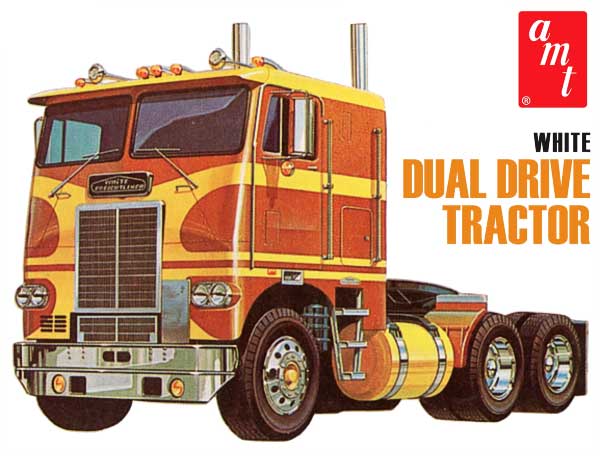
LTL – Less than Truckload Freight will very likely see increased volume from 2020 with total revenues rising from the around 42 billion dollars 2020 LTL revenue. LTL fills the void between smaller package carriers and full semi truckloads of freight. With many LTL shipments being a few pallets. LTL carriers are generally specialized in LTL freight with their terminals and equipment arranged to facilitate their network.
Final Mile freight demand will continue to rise as e-commerce business volume grows. Many eCommerce firms are looking to keep costs in check and increase the availability of quick shipment times to their customers. This means that they must expand their final mile partnerships and network. Outside of huge firms like Amazon, there are also a larger number of smaller more niche fulfillment services than ever before, with many investment firms providing capital to new entrants and incumbent logistics companies inventing in their own file mile services.
Parcel freight, think USPS, UPS, FedEx, DHL- is booming largely due to the continued rise of eCommerce just like final mile services. Parcel freight is an expensive service to offer, which is largely depending on huge volumes. Due to this business model, relatively few massive firms dominate the industry.
Technology is changing the industry – Whether it’s electronic driver logs, GPS tracking systems allowing for shippers to see the exact location and ETA of their freight or more advanced trucks, planning and asset management systems, technology is being rolled out in the trucking industry and pace at which technology evolves within the industry will continue to increase.
There are over 27,000 dump truck service businesses in the US addressing a market that’s around 20 billion dollars.
Zmodal is a top intermodal shipping company providing door-to-door intermodal, and full truckload services nationwide throughout our digital supply chain dashboard which provides easy route searching, booking, document management, and analytics. CONTACT US if you want to lower your supply chain costs or want access to North American intermodal capacity.
Recommended for further reading:
https://www.trucking.org/economics-and-industry-data
https://www.trucking.org/news-insights/trucking-moved-1184-billion-tons-freight-2019
https://www.aar.org/wp-content/uploads/2020/07/AAR-Wood-Paper-Fact-Sheet.pdf


